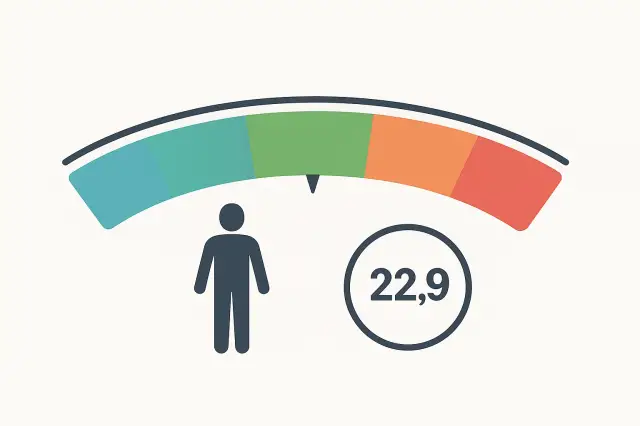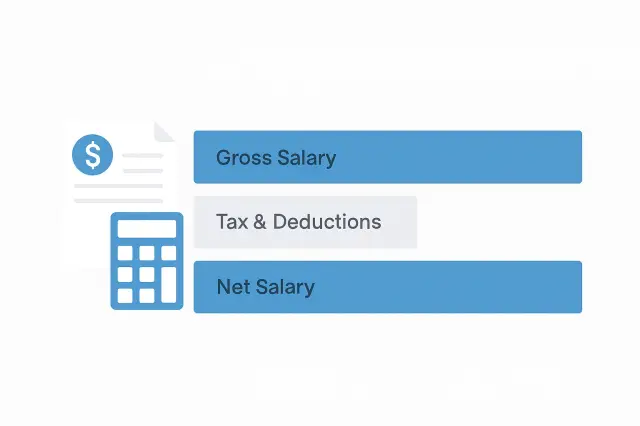Blog Articles
Discover our latest articles, guides and tips

vStop Wasting Time: Discover How Much Procrastination Costs You
Understanding the Procrastination Calculator The Procrastination Calculator on Calculatorr.com is a smart online tool t...

Mortgage Calculator Plan Your Home Financing Easily
The Mortgage Calculator from Calculatorr.com is a free online tool that helps users estimate monthly loan payments, tota...

Ring Size Calculator – Find Your Perfect Fit Before Buying Online
Buying a ring online can be exciting—but also risky if you don’t know your exact ring size. A small differen...

Calorie Calculator to Find Your Daily Energy Needs
Understanding the Calorie Calculator The Calorie Calculator from Calculatorr.com helps you determ...

Currency Converter How to Calculate Exchange Rates in Real Time
Understanding the currency converter The Currency Converter from Calculatorr.com is a free online tool that allows you ...

Calculate Your Baby’s Growth Percentile with the Baby Percentile Calculator
Understanding Baby Growth Percentiles Every parent wonders how their baby’s growth compares to others of the same...

Mortgage Calculator: How to Calculate Your Monthly Payment Easily
Understanding the Mortgage Calculator The Mortgage Calculator at Calculatorr.com is a simple yet powerful online tool t...

Understanding how the Loan Calculator works
The Loan Calculator on Calculatorr.com helps users determine monthly payments, total interest, and repayment schedules f...

Track Your Health Easily with the BMI Calculator
What is the BMI Calculator The BMI Calculator on Calculatorr.com helps you quickly determine your Body Mass Index (BMI)...

Article Net Salary Calculator
A Net Salary Calculator helps employees and freelancers estimate their take-home pay after deductions such as taxes, ins...

How to Use the Reading Time Calculator to Estimate Your Reading Duration
What is a Reading Time Calculator A Reading Time Calculator is a smart online tool that estimates how long it will take ...

Date Difference Calculator Easily Calculate Days Between Two Dates
Why calculating date differences matters Whether you’re planning a project, tracking deadlines, or counting the d...
